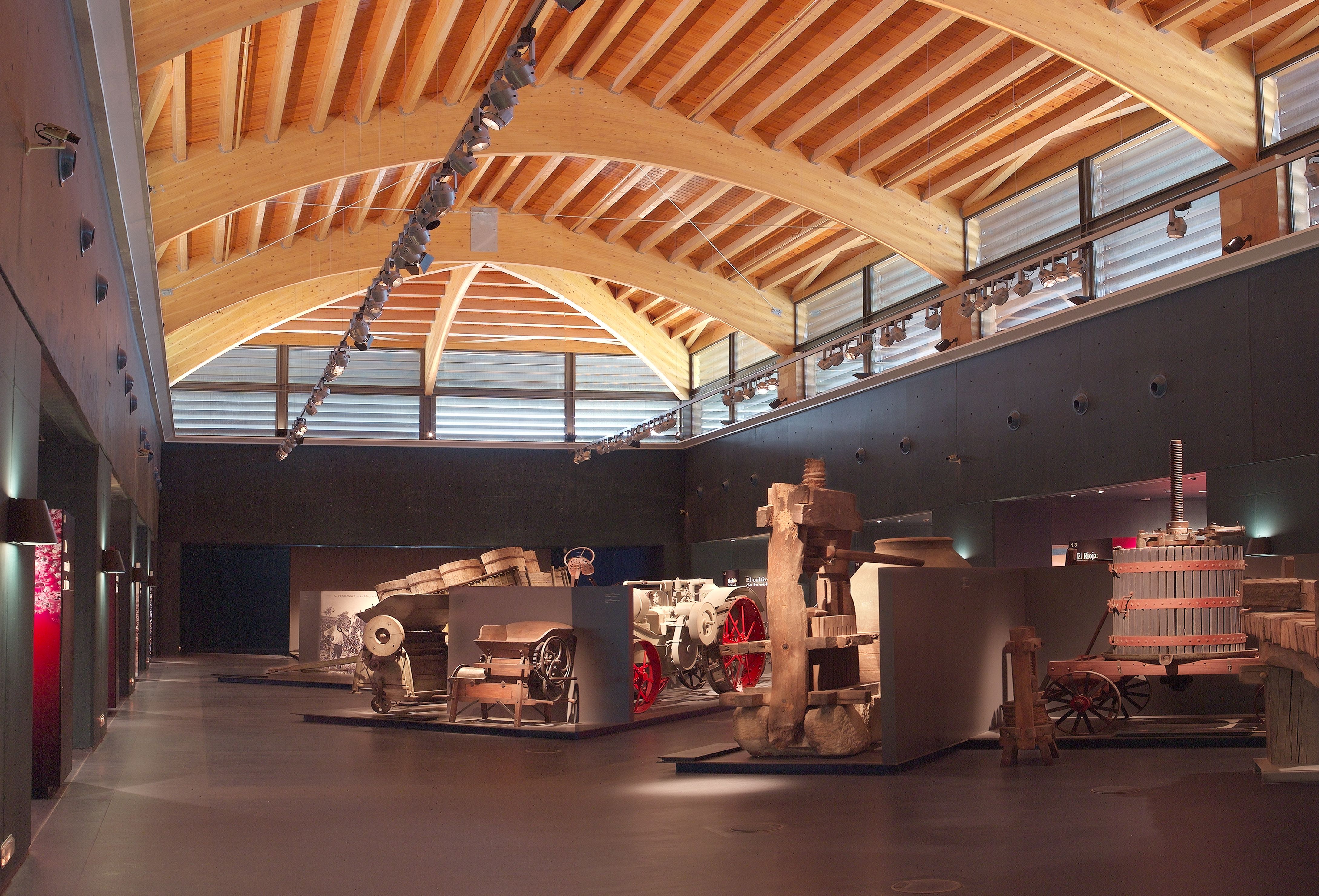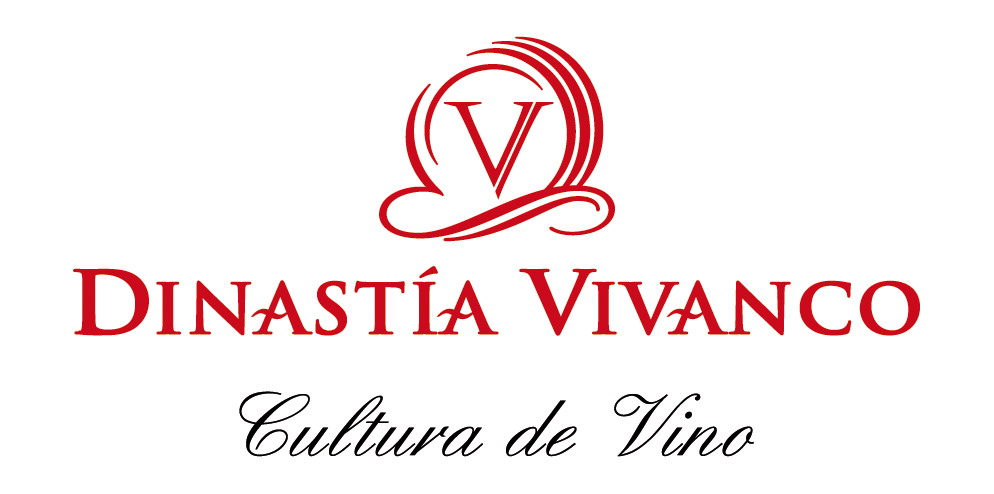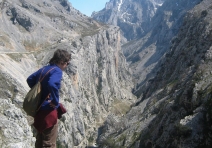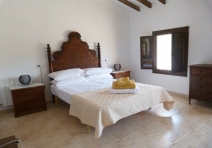WORLD TRAVEL NEWS ARTICLE ABOUT SPAIN
A vineyard owners dream

Dinastía Vivanco's Wine Museum
The first part of this homage to wine is the venue itself; the museum is located in a privileged position deep in the heart of the Briones region, on the banks of the river Ebro in the centre of the Rioja Alta. This part of Spain has a strong history of dedicated grape growing and wine making that goes back thousands of years. It’s here that the Vivanco family have committed to a project, which is much more than just a business. The estate includes acres of vineyards, several wine cellars, the museum buildings along with a documentation centre and a foundation dedicated to wine. Four generations of the Vivanco family have been involved in this project at one time or another, which was started back in 1915 by Pedro Vivanco González when he began to make wine from grapes grown on his own land. The story continues today with Pedro Vivanco Paracuellos, head of the family, who while increasing the size of the estate in the 1970’s also become a passionate collector of wine related artwork and utensils. He shares this passion with his sons Santiago and Rafael whom he encouraged to establish the Wine Museum, the first of its kind in La Rioja. It was created to specifically promote and publicise the role wine has had in the history of mankind.
Wine in the starring role
The Dinastía Vivanco Museum of Wine, which was officially opened in 2004 by HRH King Juan Carlos I, is located in the middle of vast vineyards and the main building is built upon a vast underground wine cellar, where the family wines mature. The facilities take up a space of 9,000m² spread over five floors in a modern building designed by the renowned architect Jesús Marino Pascual. The building itself, while modern, also has traditional elements of the vineyard style typical of the Riojan region.

Hall No.1
The permanent exhibition is displayed in five differently themed rooms, each of which are fully equipped with the latest audio visual technology, interactive panels, utensils and art that will make a visit to the museum a truly sensory experience. During your trip through the museum you’ll learn about the wine-making process starting with the picking of the grapes and the first steps by the ancient Mediterranean civilisations right up to modern day techniques. Audio visual guides explain the different growing techniques along with the transportation and storage methods used and will show the traditional technique that dates from the beginning of the 20th century. You will also learn about the first corks that were used during the same era.
The fourth exhibition room houses a collection of art and arqueological pieces that have wine as their source of inspiration. These pieces show the depth of symbolism and how important wine has been on an emotional level throughout the ages. The collection has a particular focus on paintings with several different schools represented, and which include a magnificent Sorolla and several Picassos, not to mention an amazing collection of ceramics, mosaics and gold. There is also a remarkable collection of urns, flasks and glasses that were used through the ages to serve and drink wine from. This exhibition space also houses the biggest collection of bottle openers in the world with nearly 3,000 individual examples of how this instrument has evolved.
Similarly unique is the vine botanical collection that can be admired in the surrounds of the museum near the entrance in the area called the Jardín de Baco, or Baco’s garden. This area of the site also has some excellent examples of genetic material from the viticulture world; that is, the science, production and study of grapes, that has been used to help improve different grape varieties. This scientific activity is one of the other main objectives of Dinastía Vivanco and further examples of their work in this field can be seen in the library and archive centre, which houses documents that date from the 15th century. These documents can also be viewed on the website docs.dinastiavivanco.com.

The Panoramic Restaurant
This part of the estate also contains a conference centre with simultaneous translation services available and a private tasting room for those wanting to organise presentations and conferences combined with wine-tastings. Other facilities that make this an ideal venue include a panoramic restaurant, a wine shop (also available online: enotienda.dinastiavivanco.com ) and a cafeteria.
Dinastía Vivanco Wines

Coming from a background of rigorous research and an in-depth knowledge of wine-producing, the wines from Bodegas Dinastía Vivanco are made from grapes that are grown on the 400 hectare vineyard that the family owns in the heart of the very best wine-producing region; Briones, Haro, Tudelilla y Villamediana. This method of different grape varieties mixed with different soil types has resulted in three different wine collections.

The VIVANCO range consists of a white and a rosé wine while the DINASTÍA VIVANCO range includes just two wines, a crianza and a reserva. Finally, the high-end range, the COLECCIÓN VIVANCO, is the optimal expression of traditional riojan grape varieties grown on a selection of different plots and soil types. This collection consists of five different red wines, four of which use just the one grape type;
COLECCIÓN VIVANCO PARCELAS DE GARNACHA,
COLECCIÓN VIVANCO PARCELAS DE MAZUELO,
COLECCIÓN VIVANCO GRACIANO
COLECCIÓN VIVANCO PARCELAS DE MATURANA TINTA.
And the pièce de résistance, a cuvée made from four different varieties, including the tempranillo grape, which is the most overriding,
COLECCIÓN VIVANCO 4 VARIETALES.
Where to find us
Address: Carretera Nacional 232
26330 Briones - La Rioja - España
For more information
Telephone: +34 902 320 001
Web: www.dinastiavivanco.es
Opening hours: 10.00 – 18.00
Closed on Mondays
Online reservations: [email protected]
www.dinastiavivanco.com/entradas.html
Getting there.
The nearest domestic airport is Logroño-Agoncillo airport which is located east of the capital of La Rioja, in the town of Agoncillo. It can be reached Internationally via Madrid.
The nearest port is Bilbao which is 140 kilometres from La Rioja. A drive along the A-68 Highway will bring you into the heart of this wine producing area. Bilbao is served by a regular ferry service from the U.K. as well as frequent calls by cruise ships.
You may also like to read

SPAIN - TAKING A PEAK AT THE PICOS DE EUROPE
Tour-smart contributer Mike Hampshire and his wife set off on a short-break to explore the unspoilt mountains of Cantabria

SPAIN - THE OLIVE TREE, ALICANTE.
Patricia got away from it all in Spain and shares her secret location with Tour-smart readers.



Comments